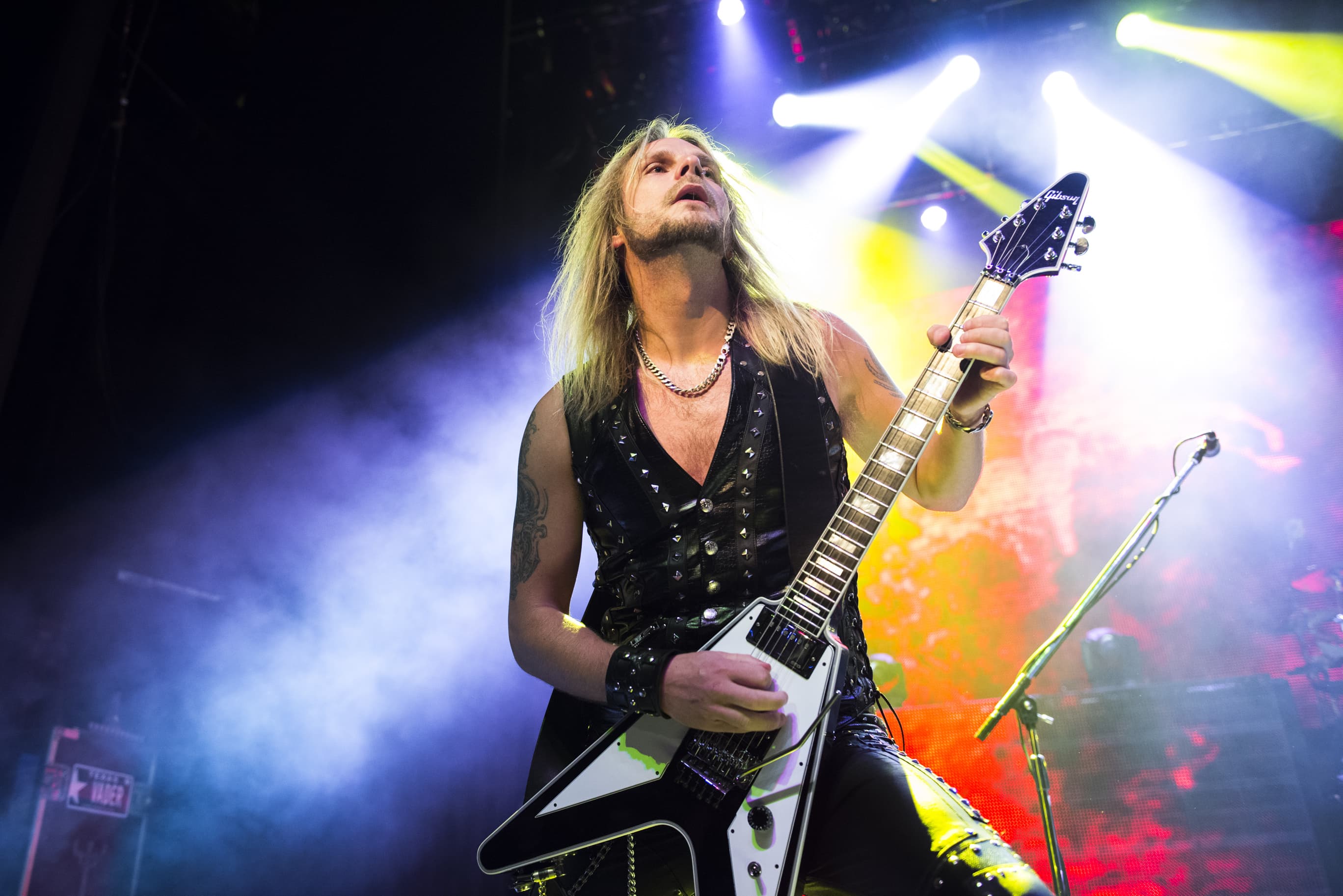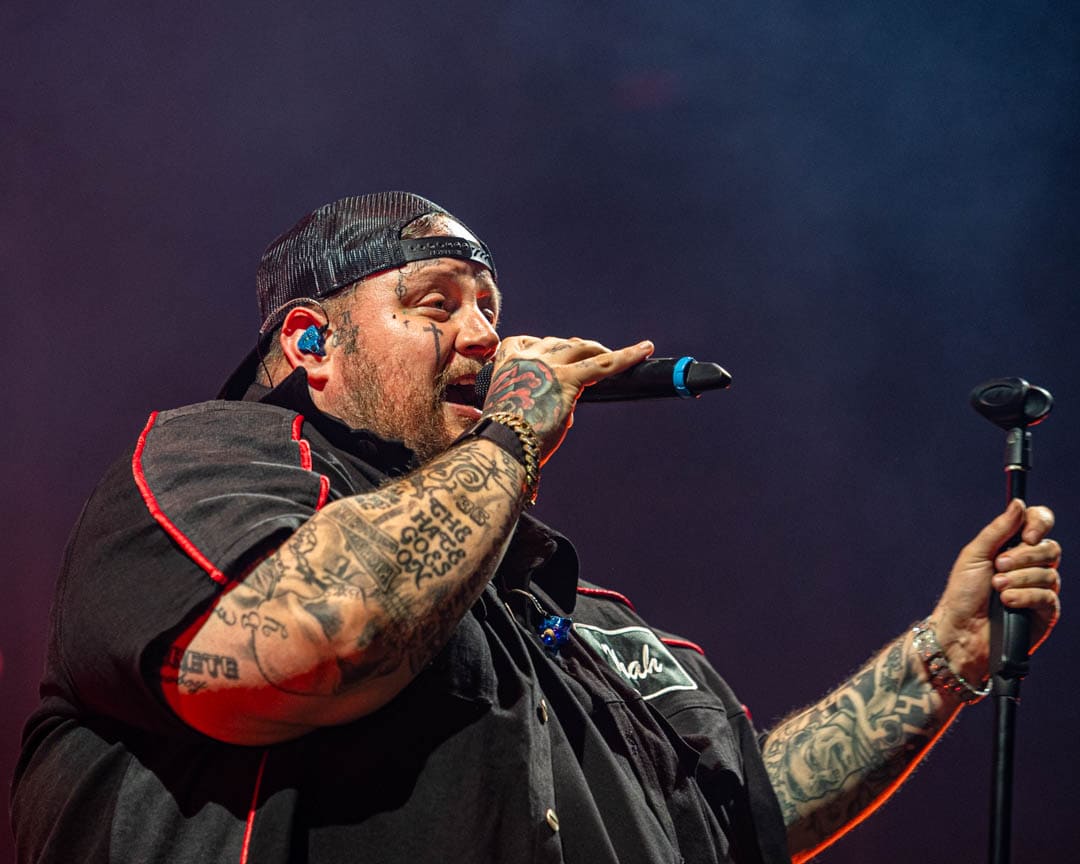You have to be smarter than your gear
You have to be smarter than your camera. This is one of the most important lessons for a photographer to learn. Sure, there are plenty of auto modes on the camera that can choose “close enough” exposure values for most environments, but not always for concerts.
Most concert photographers will use manual exposure on their cameras, there they dial in the aperture, ISO, and shutter speed themselves (see my other article “Fundamentals of Photography” for more information on this), based off of what the light meter in their camera is telling them; even then, this is not always enough. There are different exposure readings, that read light differently, so you have to know how to adapt.
In most cases, a light meter will get you close enough that you can make adjustments as needed based off of a picture you take (normally, you can get the exposure right within three pictures). But what if all that fails? What if you can’t read your light meter, and your image preview fails? You have to be smarter than your gear.
On September 5th, I was covering Rockstar’s Uproar Festival and, while there was rain in the forecast, there was only a 60% chance, and less than 1/10th total rainfall was projected, so I was feeling reasonably confident that my weather sealed gear would hold up. Though I did buy a rain sleeve for my camera, just to be safe.
About halfway into Escape the Fate’s, the third band, set, it started to rain. Nothing too heavy mind you, so I wasn’t concerned about seeking shelter. Then the rain started to get really heavy, and I stood out in it for another 10 minutes, before deciding to take cover; again, I wasn’t overly concerned. I had a rain cover on my bag, and my equipment was weather sealed, and survived a blizzard in 20 below temperatures, with no damage from the thawing ice, so I was feeling ok (and the rain sleeve was incredibly awkward to work with). Buckcherry, the last band on the smaller stage came out, and everything was fine; nothing to worry about, right? An hour or so later, the sky cleared and the sun came out, that’s when my problems started.
As the sun came out, I started to dry out, and so did my camera gear. I made my way to the main stage, ready to shoot Pop Evil. During their set, I noticed that there was still some water in the viewfinder, and figured it would clear on its own. I was getting my pictures, everything looked fine, so, nothing to worry about.
When Skillet, the water started to evaporate, so my view was a little foggy. But, I could see clear enough to easily focus on the band onstage, see my meter, and make adjustments accordingly.
By the time Seether, the third band came out, I was really in a bind, I could no longer make out my meter, and everything inside of the viewfinder was a blur. I was unable to check my exposure, but, sporadically, images would pop up on my view finder, so I could make adjustments from that. My situation wasn’t helped any by the fact that the band was only using colored LEDs to light them, which were strobbing half the time; I could only see splotches of color from my viewfinder, and had to go off of instinct as to where I was pointed; as a result, I did not get many images from the band’s set.
Godsmack, the headliner of the festival was coming up next and, by now, I was really hurting. I pressed the Play button to preview my images from the previous set, and nothing was coming up; I tried taking pictures of the crowd; again, no preview. I was going in the pit to shoot the band with absolutely nothing to go on.
I wanted to leave the festival, not knowing how I would be able to deliver any sort of quality images without anything to go off of; so I went into survival mode. I had a fair idea of the kind of lighting the next band would have, and went with my experience, knowing the kinds of settings I had used in the past with similar lighting. 1/400, f/3.5, ISO 4000. I was committed.
I staked out my position, just right of center (so I’d be on the singer’s left), and was in a great position to shoot both him, and the guitarist. I knew I wouldn’t be able to shoot the drummer at the back, not being able to see my focus points, and the bassist was the same deal, and in much less light; going with nothing more than instinct in settings, and a rough approximation of where my focus points were, I resolved to rock what I could.
While I did have some missed focus shots, and missed composition shots, which is to be expected, to my surprise, I didn’t have anymore than I might normally have at any other show under ideal conditions. I was even more surprised with how the shots came out, they completely exceeded any expectations I had going in. I would’ve been thrilled with the shots I had under ideal circumstances, that I was able to achieve them, with the handicaps I was dealt, is a great source of pride for me.
While DSLRs are getting better, and better every year, they will never be as smart as the photographer; it’s not enough to know how to compose a shot, but you have to be able to know your camera, and settings, cold, so you can adjust to lighting, and deal with anything that life throws at you as a photographer.
You have to be smarter than your gear.

